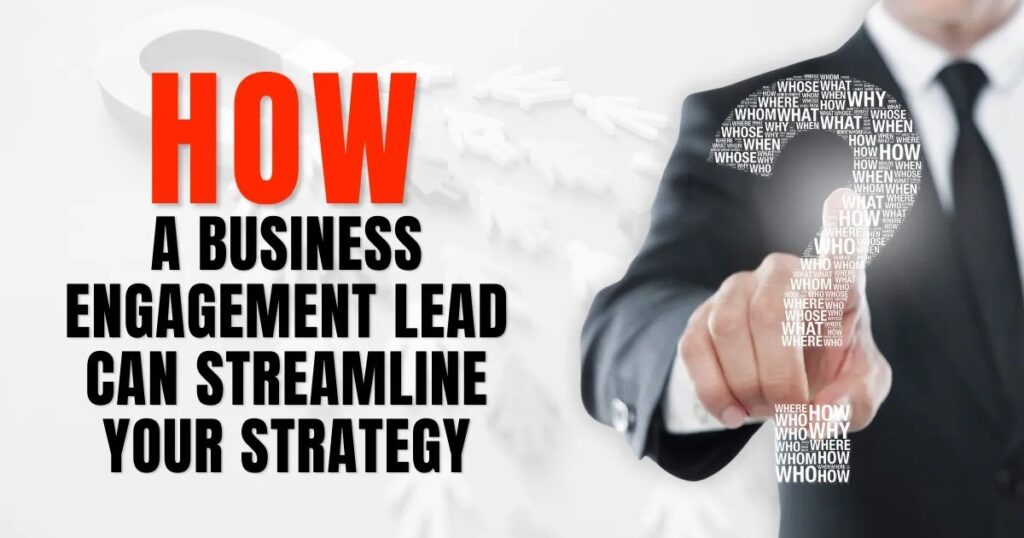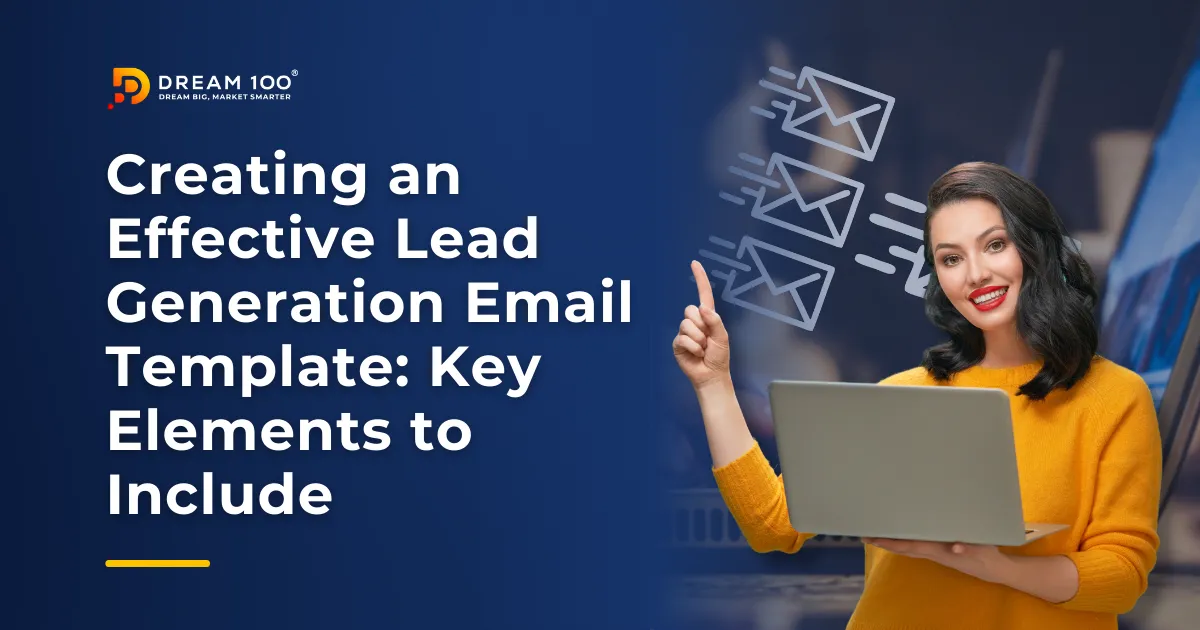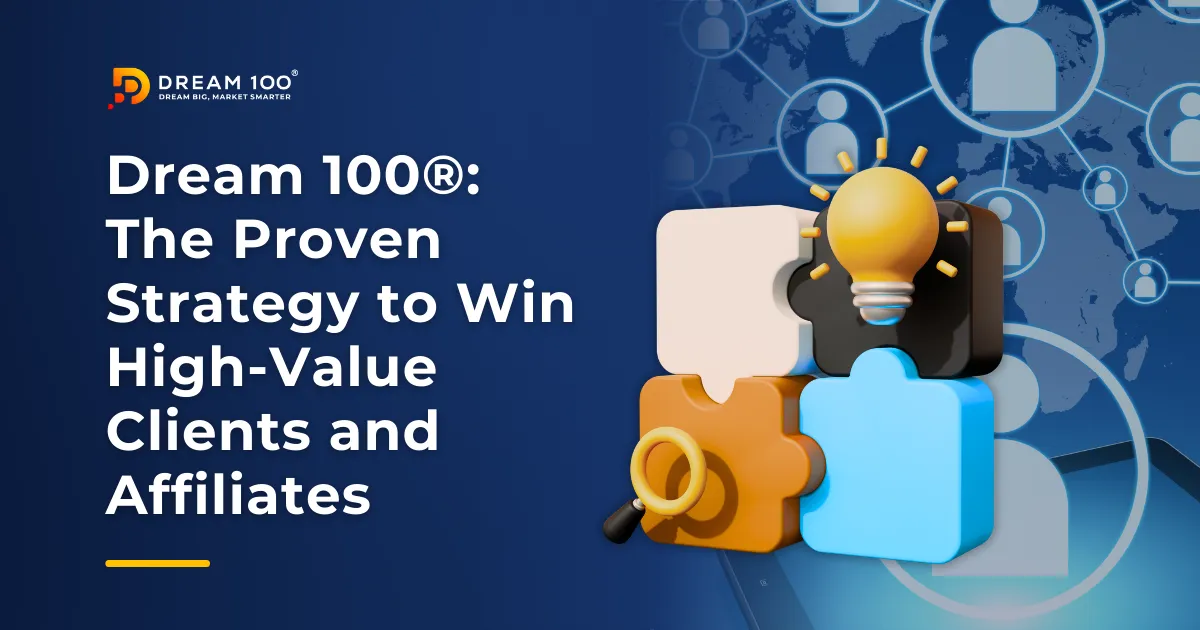Developing an effective lead engagement strategy is crucial for businesses to cultivate meaningful relationships with potential customers. This process involves understanding your leads’ unique needs and behaviors and crafting a tailored approach that resonates with them on various levels. This article will research the essential components of creating a comprehensive plan from scratch, providing practical steps and insights to ensure your efforts are successful. By the end, you’ll understand how to engage your leads effectively, making every interaction count.
Identifying Your Business Engagement Lead

A Business Engagement Lead (BEL) bridges the gap between a company’s strategic goals and customer engagement operations. This role oversees developing and implementing engagement strategies that align with the business’s broader objectives. Essentially, the BEL ensures that every customer interaction contributes to building a positive business relationship, thereby driving growth and retention.
Skills and Traits Necessary for Success

To be effective in their role, a Business Engagement Lead must possess a mix of strategic, interpersonal, and analytical skills:
- Strategic Thinking: Ability to devise comprehensive strategies that enhance engagement and contribute to business goals.
- Communication: Exceptional communication skills to clearly articulate initiatives’ value to stakeholders and foster team collaboration.
- Empathy: Understanding customer needs and expectations to tailor engagement approaches that resonate personally.
- Analytical Skills: Proficiency in analyzing customer data to derive insights that inform better engagement tactics.
- Leadership: Strong leadership skills to guide and inspire the engagement team toward achieving business objectives.
These skills are complemented by proactivity, resilience, and keen attention to detail, enabling the BEL to adapt strategies as market conditions evolve.
How a Business Engagement Lead Can Streamline Your Strategy

Implementing a business engagement lead within your organization can significantly streamline your engagement efforts in several ways:
- Unified Vision: The BEL ensures that all engagement activities align with the company’s vision and objectives, creating a cohesive customer experience across all touchpoints.
- Efficiency in Execution: By centralizing engagement responsibility, the BEL can more efficiently manage resources, prioritize tasks, and eliminate redundant processes.
- Enhanced Customer Insights: With a dedicated focus on engagement, the BEL can leverage tools and data analytics to comprehend customer behaviors and preferences, leading to more effective strategies.
- Improved Cross-Departmental Collaboration: The BEL acts as a liaison between different departments (sales, marketing, customer service), ensuring that all teams are informed and coordinated in their engagement efforts.
- Continuous Improvement: Regular review and optimization of engagement strategies by the BEL help the organization stay responsive to customer requirements and market trends, thus maintaining a competitive edge.
Incorporating a Business Engagement Lead into your organizational structure is not just about filling a role; it’s about committing to a strategic, focused approach to customer engagement that drives meaningful interactions and sustainable business growth.
The Role of a Client Engagement Lead in Nurturing Relationships

A Business Engagement Lead primarily focuses on aligning engagement strategies with the company’s overall business goals and managing internal teams to execute these strategies. In contrast, a Client Engagement Lead is more client-facing and focuses on building and maintaining solid and productive relationships directly with clients. They ensure clients’ satisfaction with the services or products and foster loyalty and long-term engagement.
Key Responsibilities of a Client Engagement Lead
A Client Engagement Lead’s role is crucial in maintaining the health of client relationships. Key responsibilities include:
- Client Advocacy: Acting as the client’s voice within the organization, ensuring their needs and expectations are met.
- Relationship Building: Developing and nurturing long-term relationships with clients through regular communication, understanding their business, and proactively addressing their needs.
- Feedback Loop Management: Collecting and analyzing client feedback to improve service delivery. Implement changes based on client insights and communicate these improvements to the clients.
- Crisis Management: Addressing and resolving any issues or conflicts, ensuring that solutions are provided swiftly and efficiently.
- Renewal and Upselling: Working closely with sales teams to identify contract renewals, upselling, or cross-selling opportunities based on the client’s evolving needs.
Strategies for Effective Client Relationship Management
Effective client relationship management requires a strategic and empathetic approach. Here are some strategies a Client Engagement Lead can employ:
- Personalized Communication: Tailor communications to fit each client’s specific needs and preferences. Use personalized emails, messages, and updates to make clients feel valued.
- Regular Check-Ins: Schedule regular meetings or calls to discuss project progress and changes in the client’s business and gather feedback. This consistent interaction helps anticipate client needs and adjust strategies accordingly.
- Value Demonstration: Continuously demonstrate the value provided through detailed reports, case studies, and regular updates that link your services or products to positive outcomes for the client.
- Client Empowerment: Provide clients with tools, resources, and training they might need to use your product or service effectively. Empowered clients are more likely to feel satisfied and engaged.
- Celebrate Successes: Recognize and celebrate milestones and successes in the client’s business journey. Acknowledging these moments can strengthen the relationship and build mutual respect.
Implementing these strategies will enhance client satisfaction and loyalty and contribute to the business’s success by ensuring stable and continuous engagements.
Choosing the Right Lead Engagement Platform
Lead engagement platforms are sophisticated tools designed to help businesses manage and enhance interactions with potential customers throughout the sales funnel. These platforms provide a centralized hub for automating communications, tracking engagement metrics, and nurturing leads with personalized content. By leveraging such tools, businesses can streamline their lead management processes, improve the efficiency of their marketing efforts, and ultimately increase conversion rates.
Factors to Consider When Selecting a Platform
Selecting the right lead engagement platform can be a pivotal decision for any business. Here are some key considerations to ensure you choose the perfect platform for your needs:
- Integration Capabilities: The platform should seamlessly integrate with your current systems, such as CRM software, email marketing services, and analytics tools, to maintain data consistency and workflow efficiency.
- Scalability: Choose a platform that can scale with your business. It should handle an increasing number of leads and complexity of campaigns as your business grows.
- User Interface: Look for a platform with an intuitive and user-friendly interface. It should allow your team to easily set up campaigns, create reports, and find necessary features without a steep learning curve.
- Compliance and Security: Ensure the platform complies with relevant data protection regulations (such as GDPR or CCPA) and has robust security measures to protect sensitive lead information.
- Customer Support: Reliable customer backing is crucial. The provider should offer comprehensive support through multiple channels and provide ample resources for troubleshooting and learning.
Top Features That Enhance Lead Engagement
When evaluating lead engagement platforms, certain features stand out that can significantly boost your lead engagement efforts:
- Automated Workflow: Automation tools that trigger actions based on lead behavior or milestones can save time and ensure timely interactions.
- Personalization Capabilities: Features allowing personalized communications based on lead data (such as name, industry, or past interactions) can increase engagement and conversion rates.
- Analytics and Reporting: Detailed analytics help measure the effectiveness of engagement strategies and optimize campaigns. Look for platforms that offer customizable reporting capabilities.
- Lead Scoring: This feature enables businesses to prioritize leads based on their engagement and likelihood of conversion, helping focus efforts on the most promising prospects.
- A/B Testing: Platforms that offer A/B testing tools allow you to test different texts and approaches to see what works best with your target audience, enhancing the effectiveness of your campaigns.
By carefully considering these factors and features, you can choose a lead engagement platform that meets your current needs and supports your future growth and success in engaging with leads.
Leveraging Lead Engagement Software for Automation and Efficiency
Lead engagement software offers numerous benefits that can transform how a business interacts with its prospects and customers. Key advantages include:
- Increased Efficiency: Automation features streamline routine tasks such as sending follow-up emails or updating lead statuses, freeing up time for your team to focus on more strategic activities.
- Enhanced Accuracy: Automated systems reduce human error in data entry and lead management, ensuring more reliable and consistent handling of lead information.
- Improved Response Times: With automation, interactions can happen in real time. Automated responses to lead inquiries or actions ensure that leads are engaged promptly, significantly improving customer satisfaction.
- Scalability: Software solutions quickly scale with your business growth, handling an increasing volume of leads without the need for proportionally increasing resources.
- Data-Driven Decisions: Integrated analytics tools provide insights into lead behaviors and campaign performance, allowing for data-driven decision-making and strategy adjustments.
Examples of Software Solutions and Their Advantages
Several lead engagement software solutions stand out for their robust capabilities and specific benefits:
- HubSpot Sales Hub: Offers a comprehensive tool suite, including email tracking, meeting scheduling, and pipeline management. Its seamless integration with HubSpot’s CRM and Marketing Hubs makes it ideal for businesses looking for an all-in-one solution.
- Salesforce Pardot: Known for its advanced B2B marketing automation features, Pardot excels in creating personalized customer journeys and offers deep integration with Salesforce CRM, making it a favorite among sales teams for maintaining alignment with marketing.
- Marketo: Provides extensive automation capabilities focusing on engagement marketing, including email marketing, lead nurturing, and revenue attribution. Marketo is particularly effective for enterprises with complex sales cycles and a need for detailed analytics.
- Zoho CRM: This budget-friendly CRM solution with automation features suits small to medium-sized businesses. Its ability to automate routine tasks across sales, marketing, and support makes it an efficient tool for comprehensive lead management.
How Automation Can Improve Lead Nurturing Processes
Automation in lead engagement software revolutionizes the lead nurturing process by:
- Timely Communications: Automatically sending personalized emails based on specific triggers or behaviors ensures that leads receive relevant information at critical moments.
- Segmentation: Automated segmentation tools help tailor nurturing campaigns to different lead segments based on their characteristics and behaviors, increasing the relevance and effectiveness of the communications.
- Lead Prioritization: Automation tools can score and rank leads based on engagement and conversion likelihood, allowing teams to prioritize the most promising prospects.
By leveraging these tools and strategies, businesses can enhance their lead engagement efforts, leading to higher conversion rates and better customer relationships.
Conclusion
Building a comprehensive lead engagement strategy from scratch is not just about choosing the right tools or implementing processes—it’s about creating a system that grows with your business and adapts to the ever-evolving landscape of customer relationships. With the insights and strategies discussed, from selecting the perfect lead engagement platform to harnessing the full potential of automation with lead engagement software, you’re well-equipped to enhance your interactions and drive significant growth.
Ready to transform your lead engagement to the next level? Let’s make your strategy as dynamic and forward-thinking as your business deserves. Visit us at Dream 100® to get started today!



